GSU Gullah Geechee Center offers art, history, cultural cross-section of sweetgrass basket sewing
Let’s test your knowledge of Gullah Geechee historical facts:
Who are the Black or African Seminoles?
Who are the Black (African) Seminoles descendants of?
What do you know about the Red Bays Community?
Which direction was the initial escape route for Black freedom seekers?
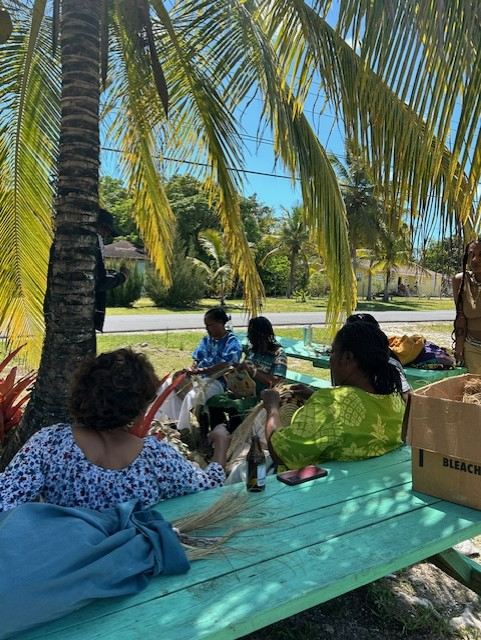
The evolution of Gullah Geechee communities
Enslavers intentionally separated captured Africans from the same village or region to reduce the likelihood of rebellion. Lowcountry enslavers kept many captured Africans on the nearby islands. Separated from the mainland, first-generation Africans began to construct a unique culture. They formed a language that was a blend of their native tongues from their respective regions, words they picked up from the buckra (the white men), and words they created. They brought their culture of foods consisting largely of rice, okra and peas. They maintained their custom of basket sewing using sweetgrass and palms. They kept their cultural tradition of building flat bottom boats to navigate the low marshy waterways. The culture they created became known as Gullah Geechee.
Using their keen water navigation skills, they made their way south to Florida. Eighteenth-century Florida was a tropical wilderness claimed by the Spanish, according to historian Joseph Opala. The Spaniards offered refuge to enslaved Black freedom seekers and renegade Native Americans from South Carolina and Georgia. Thus, the first route to freedom was south to Florida.
Opala, whose scholarship has helped established the concept of "Gullah connections," has said that the Gullah people and Native Americans maintained friendly relations and over time came to view themselves as parts of a unique, loose, tribe. For several generations they lived in close free settlements and intermarried. Black (Gullah Geechee) men often served in positions of leadership and authority in their blended villages. The Native Americans became known as Seminoles and the escaped Gullah became known as Seminole Negroes or Indian Negroes. Over time, according to Opala, the name Black Seminoles was given to this unique tribe. Today, there are Native American Seminoles and African Seminoles throughout South Florida and Oklahoma.
The relationship between the African Seminoles and the Native American Seminoles transitioned into a military alliance when the Florida Territory became a part of the U.S. The Seminole Wars began in 1818 as the Black and Native American Seminoles fought side by side in resistance to American control. The first war was called the Indian and Negro War. In 1835, a second Seminole War occurred, called the Gullah War. African Seminoles were military leaders in that conflict and led a “full-scale guerilla war.”
According to Opala, when the Black Seminoles were finally subdued after a six-year war, the U.S. Army officers decided not to return them to slavery. They feared their experience as freed men would wreak havoc on the Southern plantations. Opala wrote that in 1842, the U.S. Army forcibly moved the Black and Native American Seminoles to what is now Oklahoma (previously called Indian Territory). When many of both Seminole groups were forced out west to Oklahoma, the culture was taken with them, naturally. Rice made its appearance in Oklahoma also, as it had been produced for consumption by both groups in Florida.
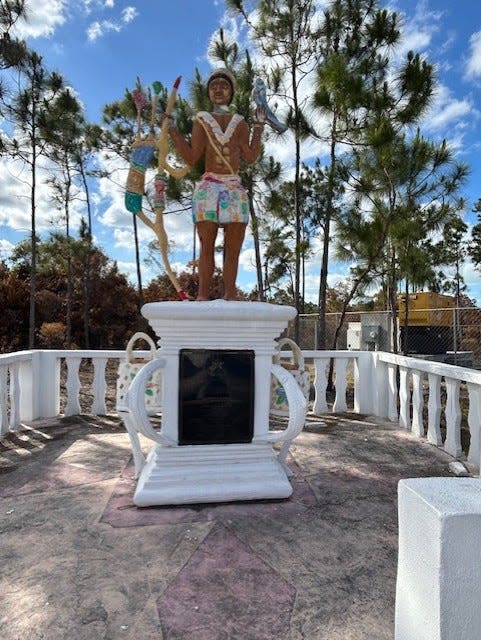
Gullah communities in the Bahamas
Not all African Seminoles in Florida traveled west to Oklahoma. Some journeyed further south to the Bahamas and settled in a remote area called Andros Islands. There, they created an isolated community on the northwest shore of the island called Red Bays. One obvious Gullah Geechee cultural aspect that remains evident among the African Seminoles in Red Bays is basket sewing.
The art of coiling baskets made of sweetgrass began in West Africa. Africans who were kidnapped from their country and sold into Georgia and South Carolina brought the culture of sweetgrass basket sewing with them. When they dispersed from the Lowcountry into Florida and joined the Seminole Indians, they took that culture and skill with them, even as Indigenous communities throughout the Americas had their own traditions of basket weaving. When they left Florida and traveled south to Andros Island, they took that culture and skill with them.
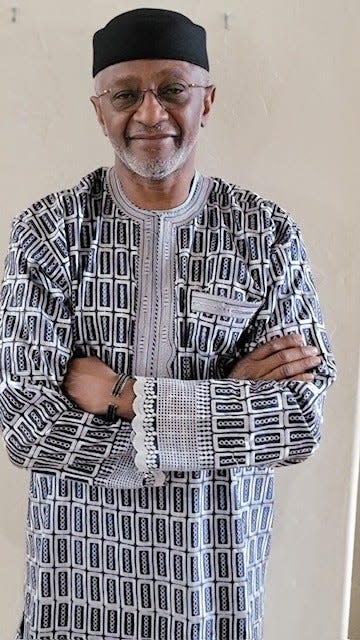
Last month I visited the Red Bays community on Andros Island, along with Amadu Massally, Nakia Wigfall, Grace Turner, Ph.D., and Destiny Craig in preparation for an upcoming summer workshop. The workshop will culminate with the creation of a basket made from the hands of people from four cultures with Gullah Geechee connectivity.
Massally is from Sierra Leone and currently lives in Texas. The idea of bringing four cultures together to preserve and celebrate Gullah Geechee culture through basket sewing is his brainchild. Wigfall is a Mount Pleasant, South Carolina sweetgrass basket artisan who has been sewing baskets for almost 60 years. Turner is a Bahamian anthropologist from Nassau, Bahamas, and Craig is the coordinator at the Georgia Southern Gullah Geechee/Africana Studies Centers. I especially wanted to experience firsthand the inaugural work of art designed by the coming together of multiple cultures to create a masterpiece.
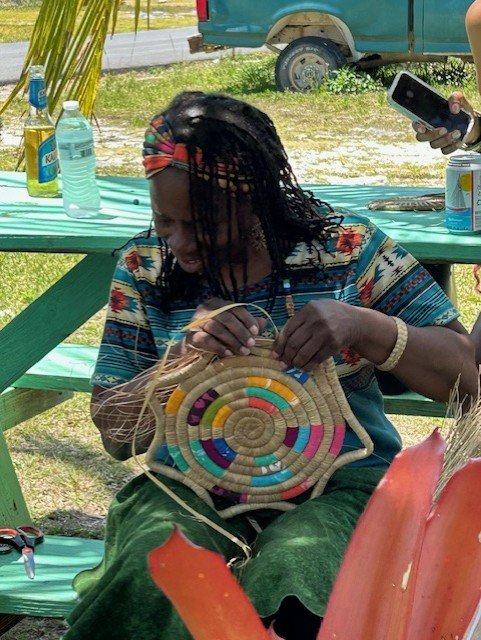
According to one of the Red Bay basket artisans, their Florida ancestors used sweetgrass, which is the same material used on the African Continent. However, when they arrived in Andros, there was no sweetgrass. Determined not to be deterred, the ancestors tried numerous types of grass and straw to no avail. Finally, they discovered that the silver palm, which was plentiful on the Island, could be used to create beautifully hand sewn baskets.
It was both an intriguing and spiritual experience to watch as Bahamian basket sewers worked alongside Wigfall and even exchanged baskets so that both techniques are evident in one item. One unique aspect of the Bahamian technique is sewing fabric pieces into the basket.
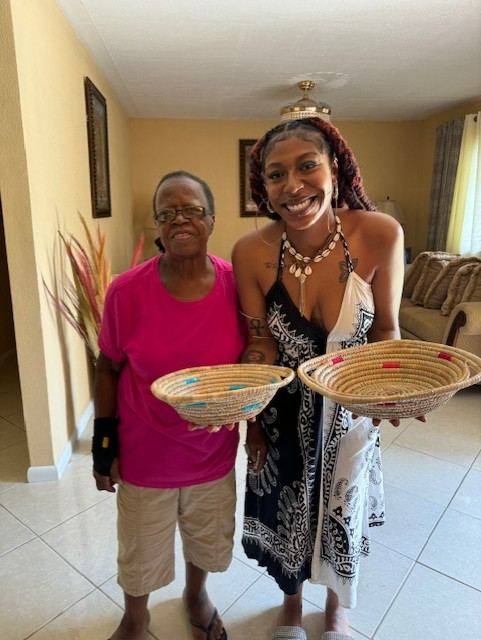
Basket artistry comes full circle
This summer the Georgia Southern Gullah Geechee Cultural Heritage Center will offer a quad-cultural basket sewing workshop. Cultures represented will include Sierra Leone, Coastal Georgia and the South Carolina Lowcountry, and the Red Bays community on Andros Island. Each of these geographical areas have strong Gullah Geechee connections and have maintained the Gullah Geechee tradition and art of basket sewing.
The workshop is free; however, registration is required as space is limited to 30 people. This inaugural four-culture workshop will take place 4 to 8 p.m., June 14 at the Georgia Southern Gullah Geechee Cultural Heritage Center, located on Georgia Southern’s Savannah campus, Armstrong Center, Room 102, 13040 Abercorn St. Call 912-344-2422 or 912-344-2741 to register.
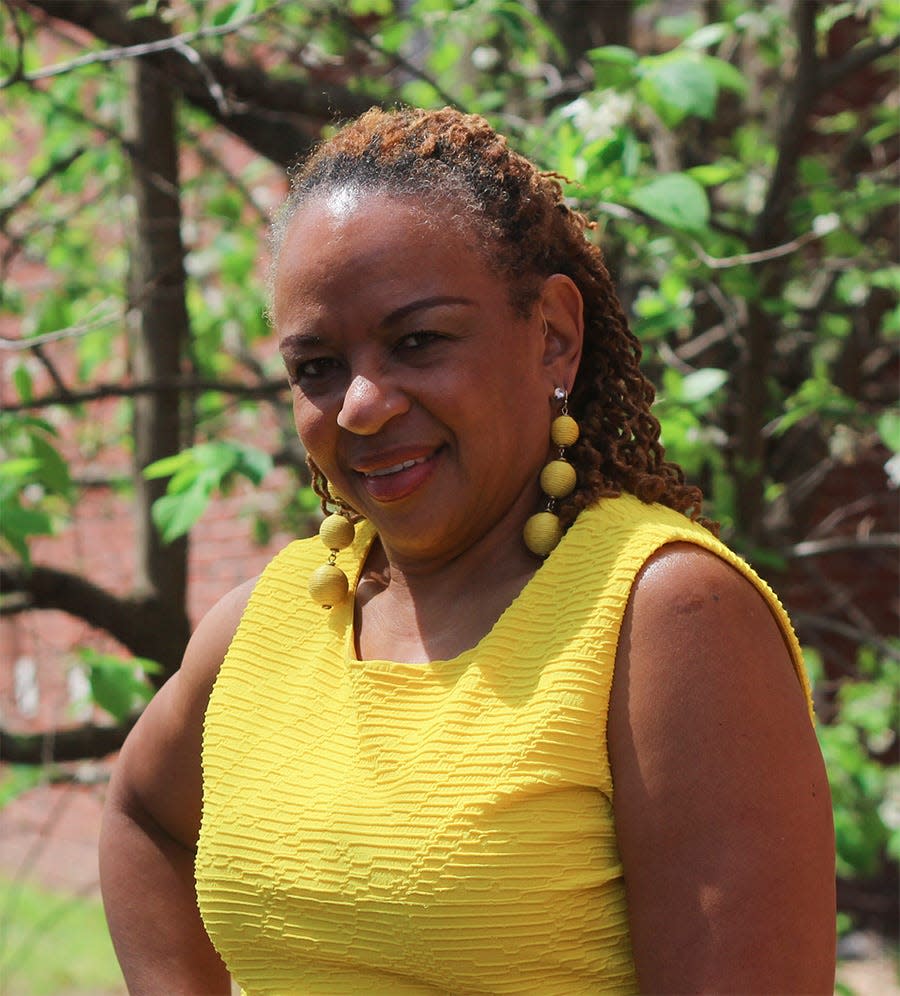
Maxine L. Bryant, Ph.D., is a contributing lifestyles columnist. She is an assistant professor, Department of Criminal Justice & Criminology; director, Center for Africana Studies, and director, Gullah Geechee Cultural Heritage Center at Georgia Southern University, Armstrong Campus. Contact her at 912-478-1248 or email dr.maxinebryant@gmail.com. See more columns by her at SavannahNow.com/lifestyle/.
This article originally appeared on Savannah Morning News: GSU Gullah Geechee Center offers cross-cultural basket sewing workshop
